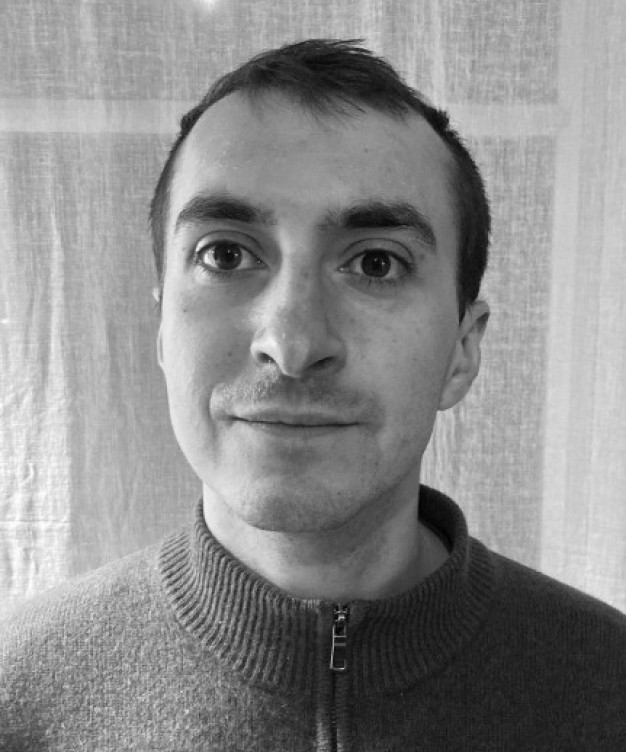Featured Fellow: Baptiste Loreaux (2024-2025 Leon and Joanne V.C. Knopoff Short-Term Research Fellow)
The Library & Museum at the American Philosophical Society supports a diverse community of scholars working on a wide-range of projects in fields including early American history, history of science and technology, and Native American and Indigenous Studies, among others. Additional information about our fellowship programming and other funding opportunities can be found here.
Briefly describe your research project.
I am doing a Ph.D. in philosophy on the metaphysical conversation taking place behind American cybernetics. My research aims to see how the neural networks that emerge from the works of Warren McCulloch and Walter Pitts embody large pieces of contemporary philosophy, like the one of Whitehead or Heidegger.
What collections did you use while working at the APS?
The Warren McCulloch collection.
The Ulam collection (for his connection with the cyberneticien von Neumann).
The Goldstein collection (for his connection with the cyberneticien von Neumann).
What’s the most interesting or most exciting thing you found in the collections?
The most exciting piece was probably the correspondence between Warren McCulloch and Walter Pitts. They were life-long friends and collaborators. Despite a twenty-year age difference, they died the same year (1969). The last letter of Walter Pitts, written with tremor, as he knows they are both dying, is extremely moving and profound.
Philosophically, the most important piece I discovered was a document dated from 1934, titled “The Logical Structure of Mind”, in which McCulloch organizes a list of philosophical requirements for any future neuronal theory. He did that in collaboration with Eilhard von Domarus, a former student of Husserl and Heidegger, then recently arrived for Germany. Thanks to the archives, I have been able to trace the life of the document: McCulloch sent it to many of the persons attending the Macy Conferences in 1948, and he eventually managed to have it publish in 1965, with a long post-scriptum commentary of his own. This very sharp philosophical inquiry frames the origin of Artificial Intelligence as it frames the all life of its inventor. It still seems very relevant to understand its fundamental concepts.
Do you have any tips or suggestions for future fellows or researchers?
The classification of the folders established by the archivists is very well done and convenient. Even if the archive consulted seems huge, you can rely on dates and titles to find your way through it. Don’t be afraid of to dive in a big set of items (mine was 106 boxes)!
Any suggestions for must-see places or things to do in Philadelphia?
Definitely : the amazing amount of Cezanne in display at the Barnes collection. Those pictures are wonderful and hardly move from here for any kind of exhibit. The Museum is extraordinary quiet.
Baptiste Loreaux was born in Paris in 1994. After studying classical philosophy at the Sorbonne and the Ecole Normale, in 2021 he began a PhD in philosophy on American cybernetics, co-tutored by the University of Paris 8 and the University of Leuphana (Germany). His aim is to use the tools of the philosophical tradition to understand the digital mutations underway.

